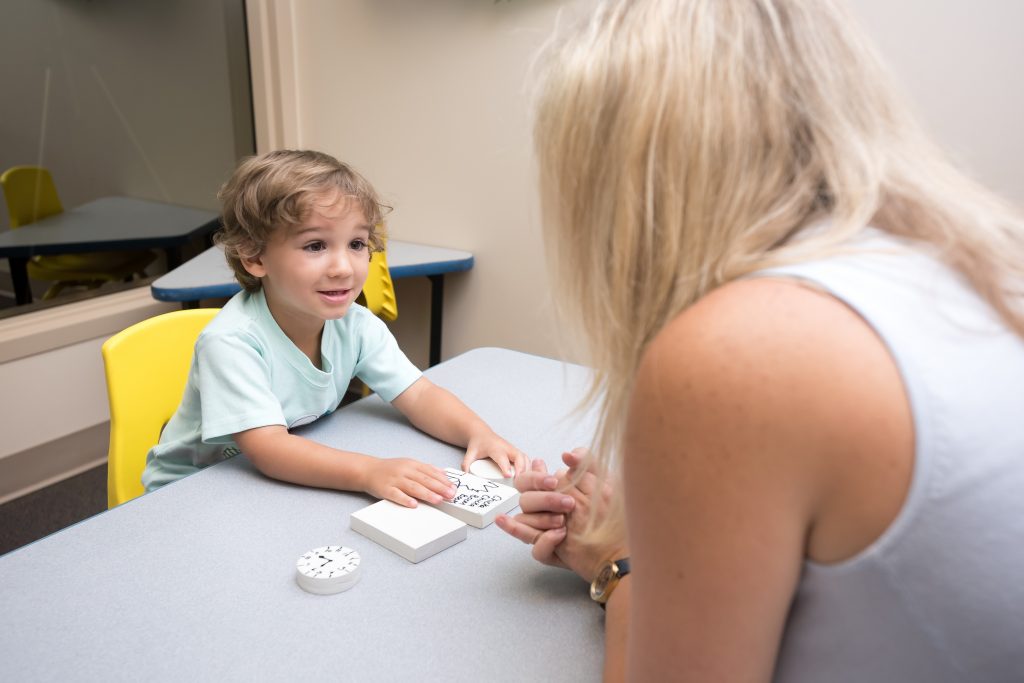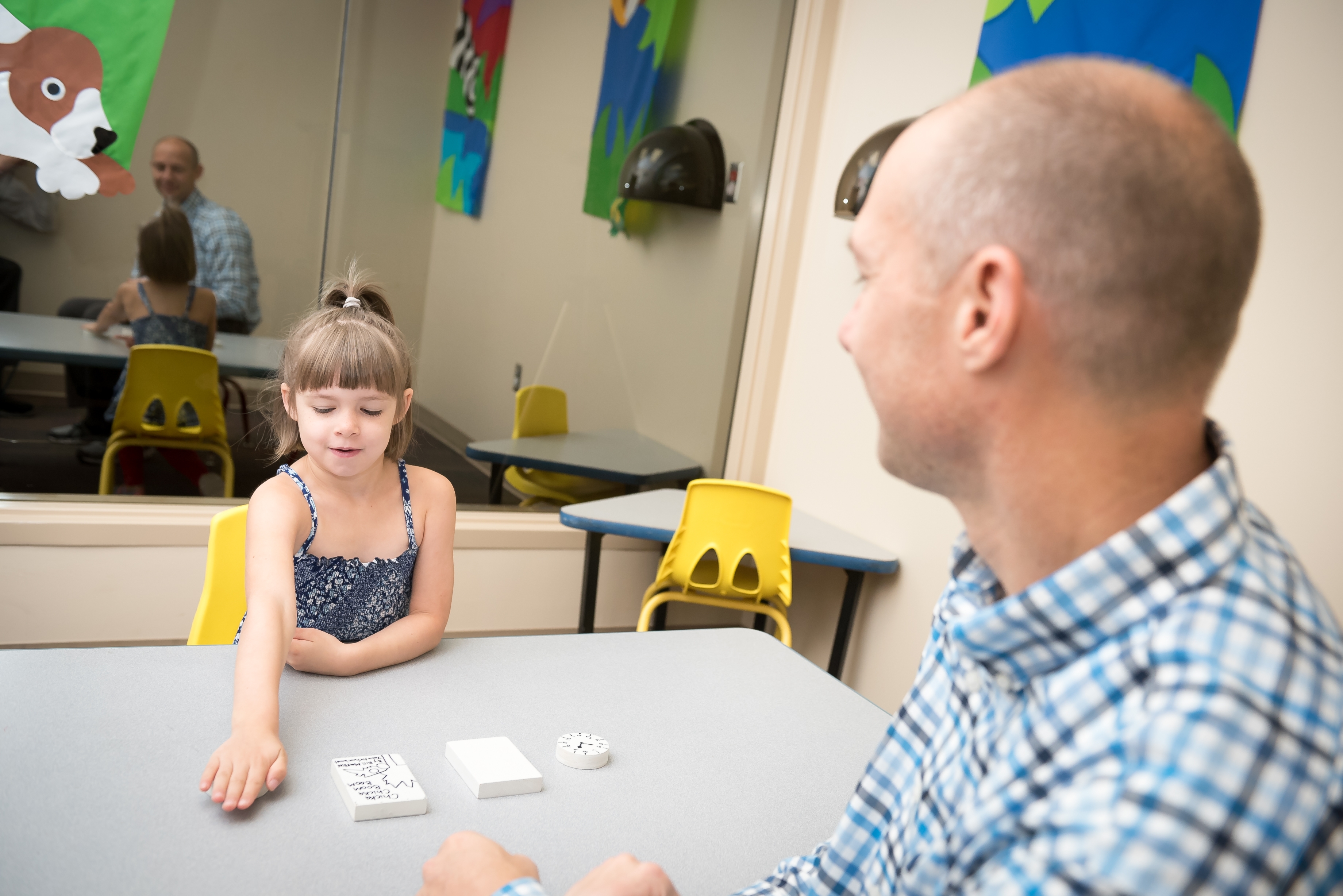
TUSCALOOSA, Ala. — Every parent can attest to the phenomenon of watching a child play with a cardboard box while an expensive toy sits on the shelf.
In a child’s mind, a cardboard box can be so many things that the possibilities are endless. In contrast, a spaceship or unicorn toy during play usually remain, well, a spaceship or unicorn.
It is that versatility of generic objects that attracts children, especially those at a preschool age, according to research from The University of Alabama published in this month’s printed issue of Infant and Child Development.
Researchers conclude that children’s play spaces can benefit from the inclusion of generic objects with few details as tools to promote object substitution and creative play.
“The inclusion of generic objects like sticks and boxes may allow children to extend their play because the generic objects can be used as multiple things,” said Dr. Sherwood Burns-Nader, UA assistant professor of human development and family studies. “Pretend play such as object substitution has so many benefits, such as increased socialization and problem solving.”
Burns-Nader is the lead author on the paper that includes co-authors Dr. Jason Scofield, UA associate professor of human development and family studies, and graduate student Caroline Jones.
In pretend play, children often use one object as a substitute for another — they pretend a box is a car or a stick is a sword. Not surprisingly, object features like shape and markings can matter a lot in object substitution.
“Children don’t necessarily like the box better than the toy, but they can do more things with the box because it’s not limited,” Scofield said.
The study focused on four primary objects — a round unmarked object, a round object marked like a clock, a rectangular unmarked object and a rectangular object marked like a book.
Children were read a story about a young boy named Tommy who needed help finding particular items in different scenarios. The children were asked to pick which of the four best fit the object needed in each scenario.
In one scenario, Tommy wanted to go outside and play with his friends, but it was cold, and he needed a jacket. His jacket was missing a button, so the children were asked which of the four items could be a button.
“There are two parts to this,” Scofield said. “First, we expect children to choose based on shape. Since most buttons are round, we think children will choose one of the two round objects to stand in for the button. Second, we expect children to favor the unmarked shapes. We think the marked shapes have a kind of fixed identity that restricts what they can be.”
Study results confirmed what Scofield and Burns-Nader expected. There were 66 children in the study — 22 three-year-olds, 22 four-year-olds and 22 five-year-olds — and they picked the correct shape 92 percent of the time for all of the scenarios. Further, children showed a preference for the unmarked objects, choosing them 65 percent of the time in all four scenarios.
The idea is that plain objects offer more flexibility to children, which can be helpful information for parents and childcare providers when purchasing toys, Burns-Nader said.
Contact
Adam Jones, UA communications, 205-348-4328, adam.jones@ua.edu
